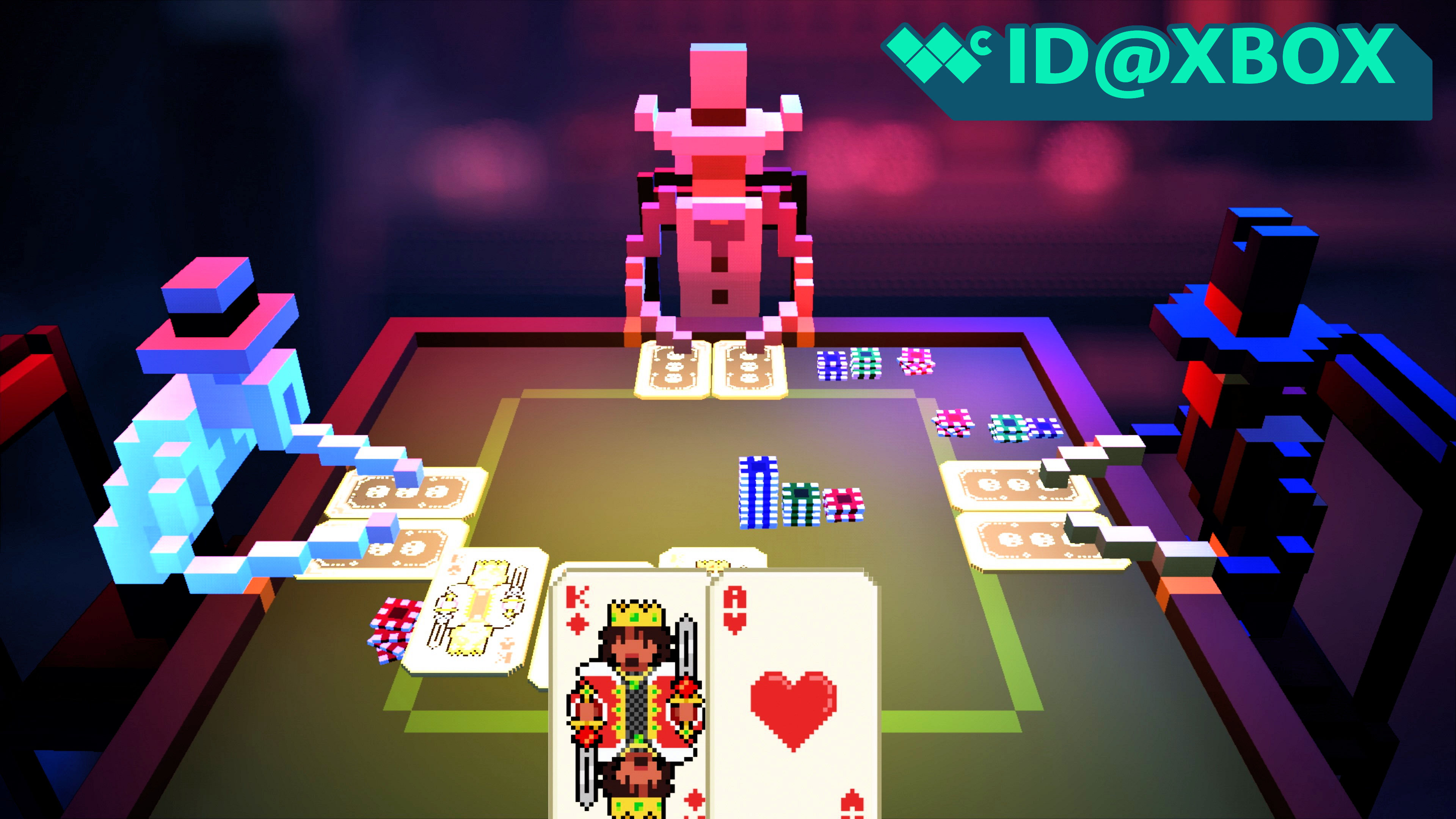BioShock: The Collection review: An exemplary return to the unforgiving depths
Aside from some minor technical flaws, BioShock: The Collection proves just how timeless an iconic franchise can be.
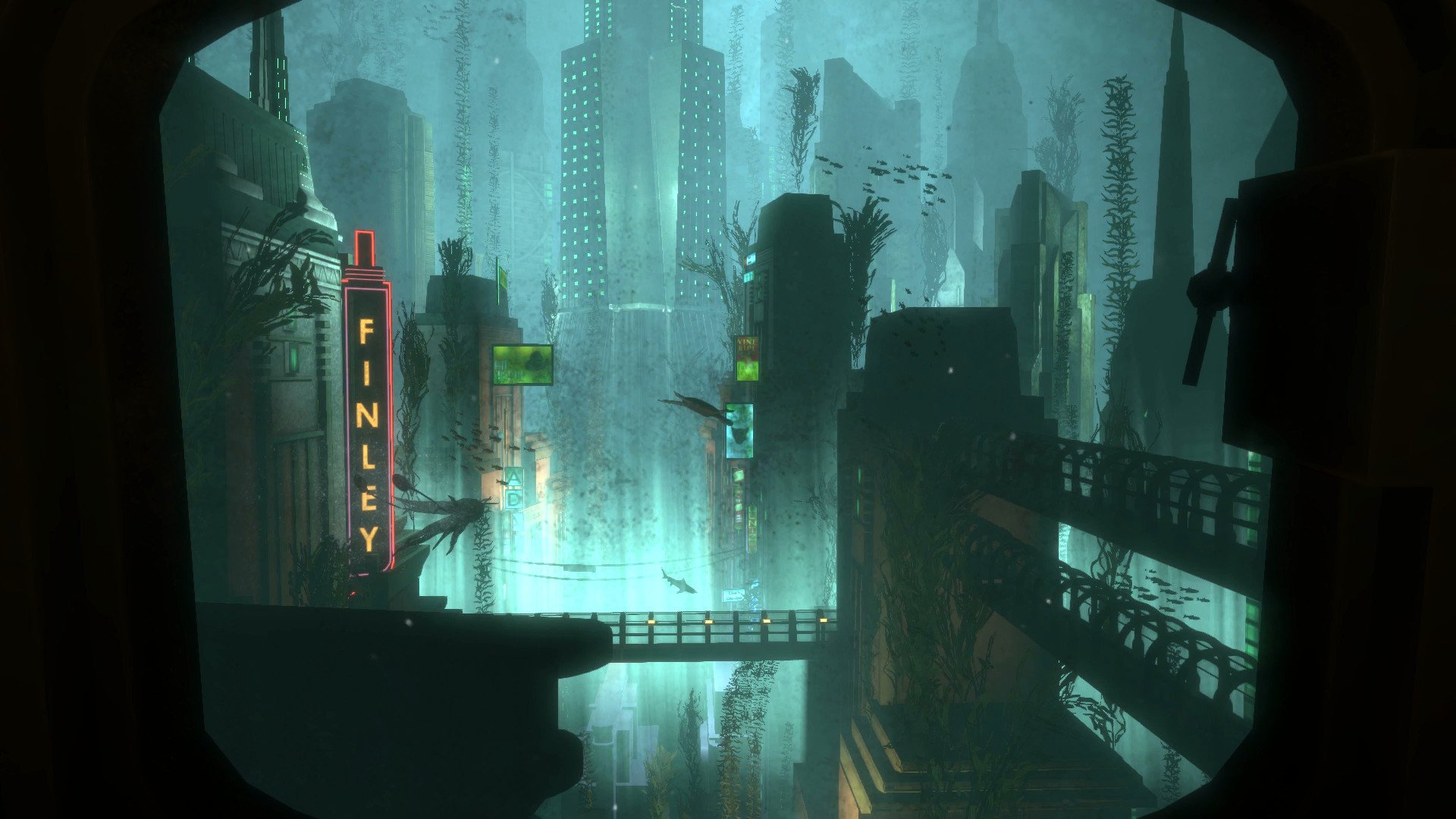
It's been over three years since the last BioShock game was released. In that time, fans have heard next to nothing about where the series is headed. After an internal restructuring left the game's original developer with only fifteen employees, the future of 2K's once-flagship series has remained ambiguous. Apart from an unfavorable mobile port, BioShock: The Collection is the first title to appear after Irrational Games severed ties with the franchise.
BioShock: The Collection brings together the three core BioShock installments into a single package, marking the first time any have been available on a current-generation console. Each of these games has seen differing levels of graphical enhancements, ranging from slight performance increases to complete texture overhauls. But with all these changes, have we received the definitive BioShock experience?
Gameplay mechanics have been left untouched during the porting process
From a content standpoint, BioShock: The Collection brings together all three of the BioShock titles and their subsequent DLC packs for a relatively low price point. The only absence from the package is BioShock 2's experimental multiplayer mode, which was met with a mixed response after its debut back in 2010.
As a true remaster, gameplay in BioShock: The Collection also holds up almost identically to the original. Based on the same engine with a new coat of paint, gameplay mechanics have been left untouched during the porting process. Perhaps the biggest change for console players will be the doubled framerate, which smooths out gameplay across the board.
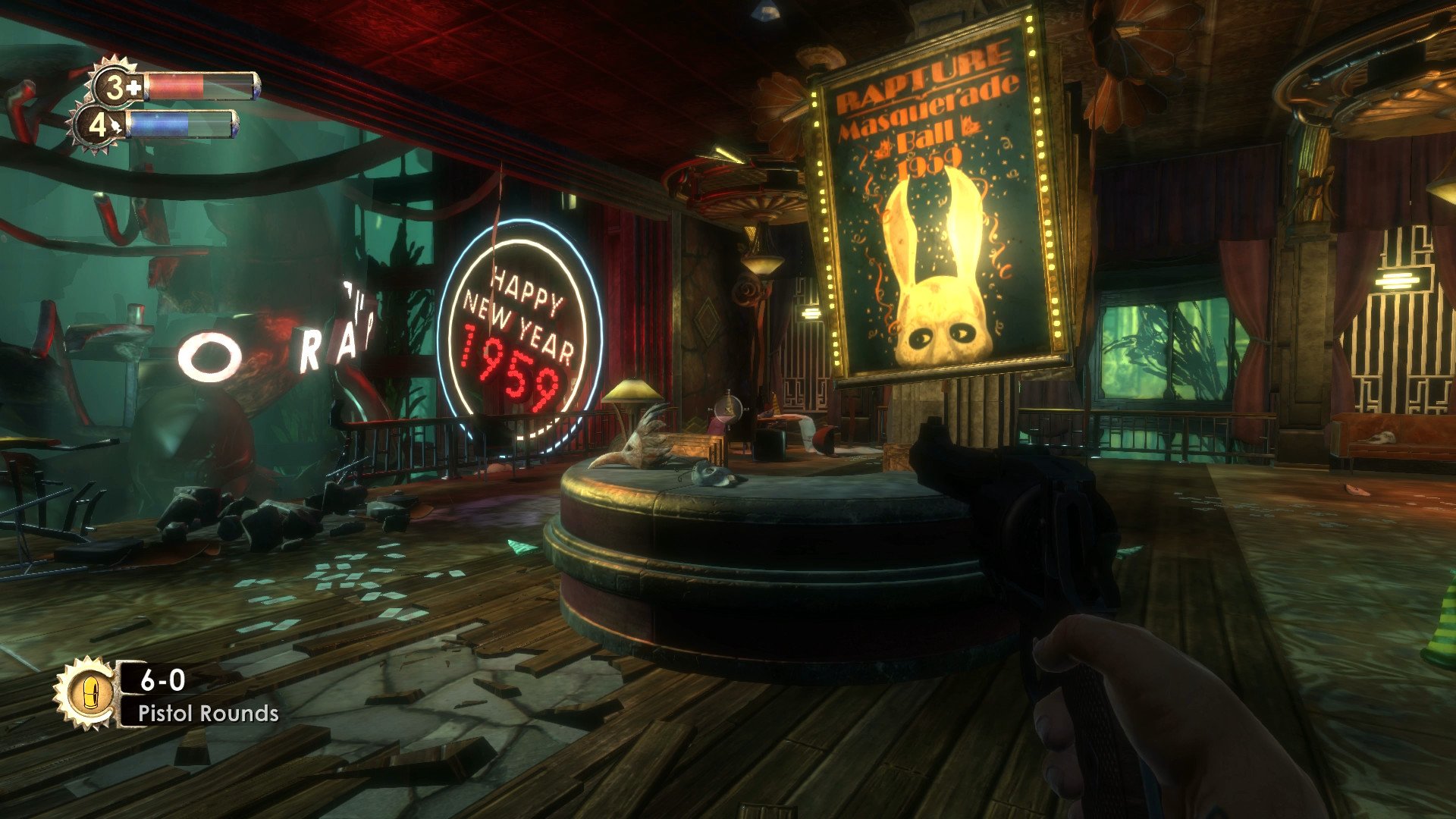
Descend to Rapture
Across the collection, it's clear that each of the games have received varying levels of tweaks and improvements. Out of the three titles, the first BioShock has undergone some of the most drastic of changes, with new textures, models and lighting populating the world.
The biggest changes can be seen among the game's more prevalent assets, such as character models and environmental textures. These changes mostly tidy up some of the rough edges that have emerged over the years, rather than completely revising the experience.
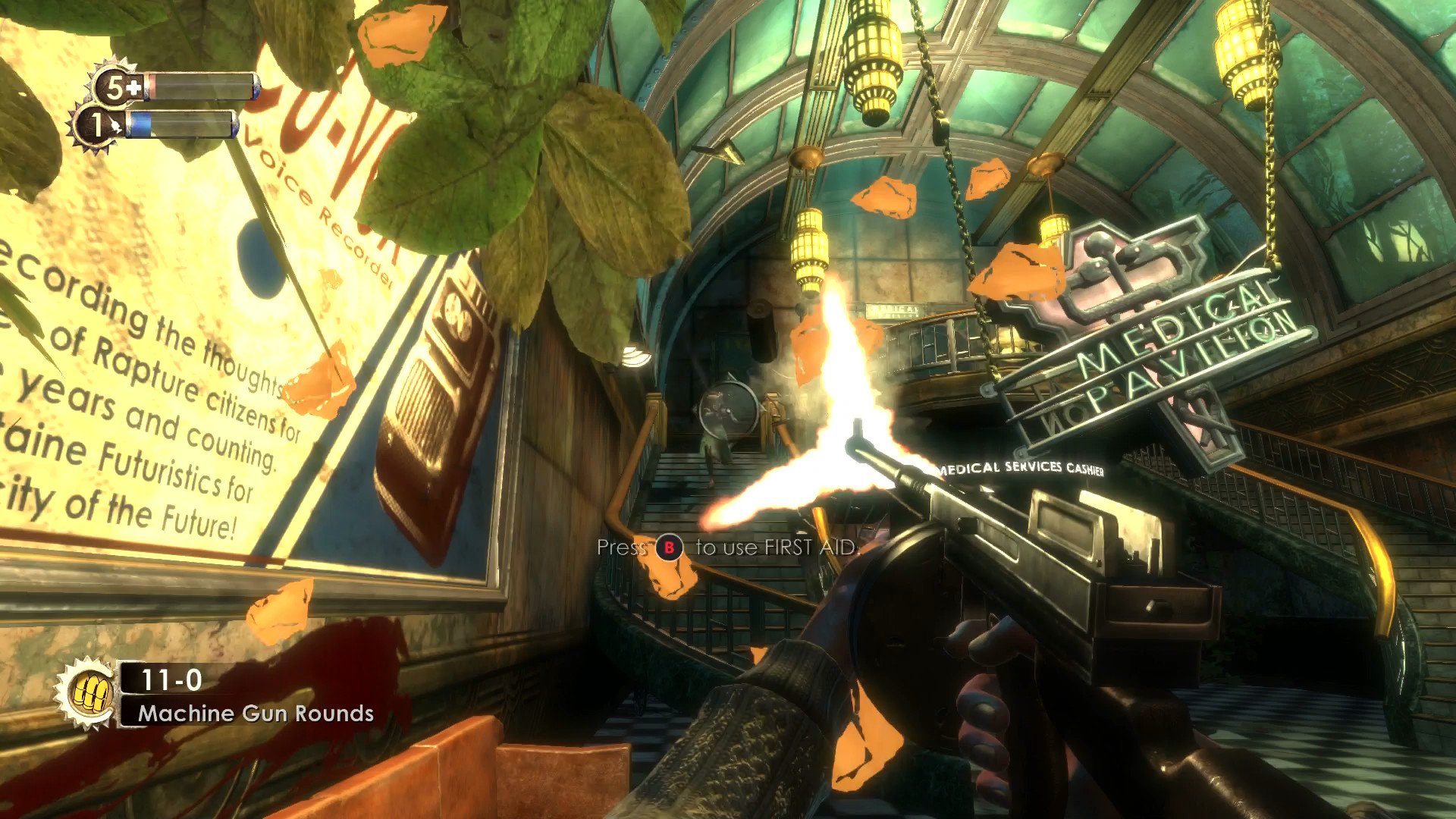
The overall presentation of Rapture is sleeker and more refined than ever before
While different aspects of the world have seen varying levels of enhancements, the overall presentation of Rapture is sleeker and more refined than ever before. With these changes, the game now takes advantage of more modern technologies, but also steers the experience away from the original vision.
All the latest news, reviews, and guides for Windows and Xbox diehards.
In the end, these changes culminate to deliver a modern revision on the original BioShock, putting a slight spin on the game's art direction. These changes do alter its presentation, but ultimately help it stand out against other console remasters.
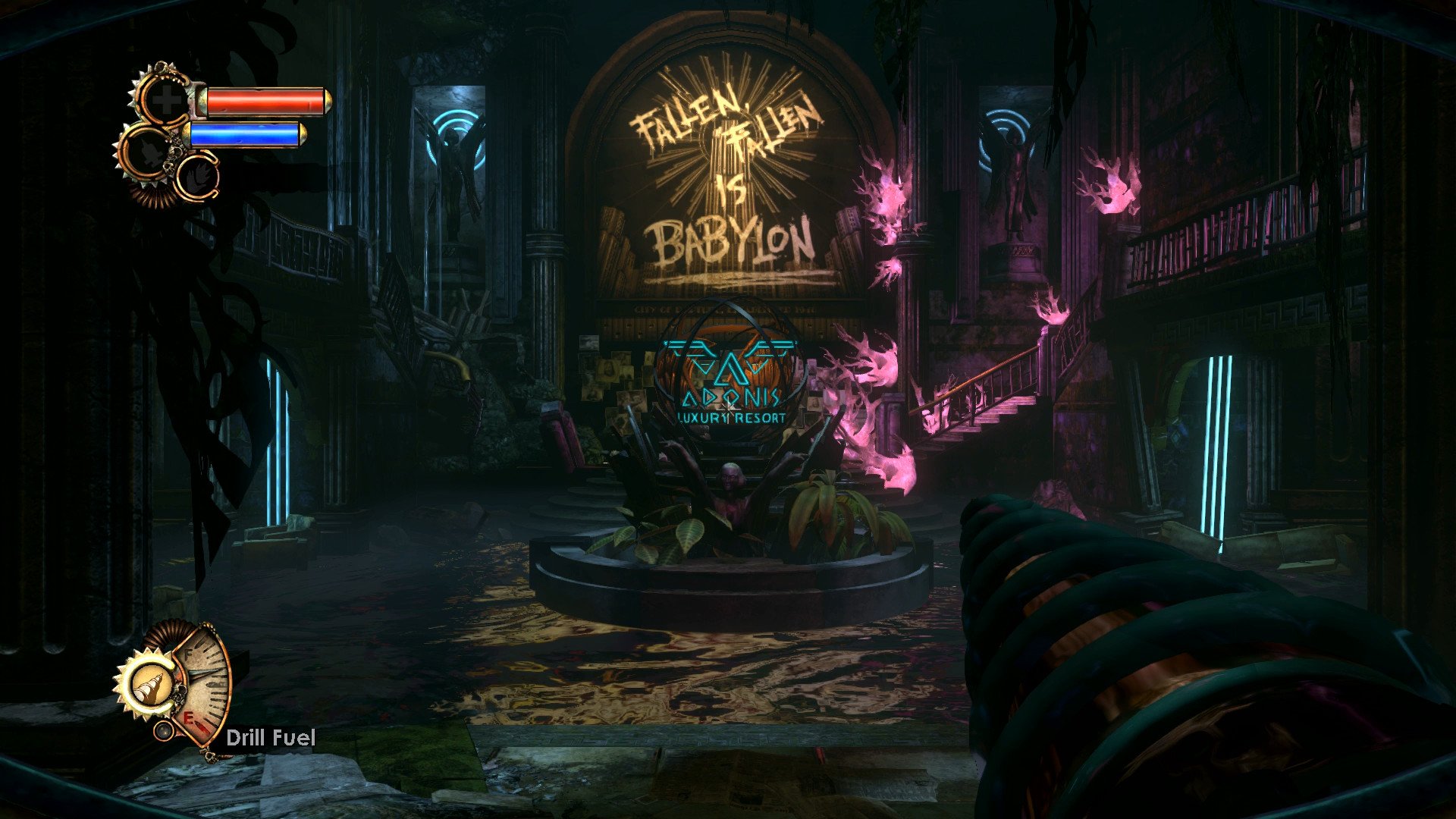
Paradise or Perdition?
BioShock 2 has undergone a similar treatment, with the introduction of higher resolution textures, reworked models, and minor lighting changes. Like its predecessor the game targets 1080p at 60 FPS, and manages to consistently meet this goal in most scenarios.
While I was never a fan of the second BioShock, the game held up well on the Xbox One. Based on the same Unreal Engine 2.5 engine, BioShock 2's overall performance on the Xbox One doesn't hugely differ from the first game. It definitely appears that the original was given more attention, but it's hard to fault developers for going above what's expected from the average console port.
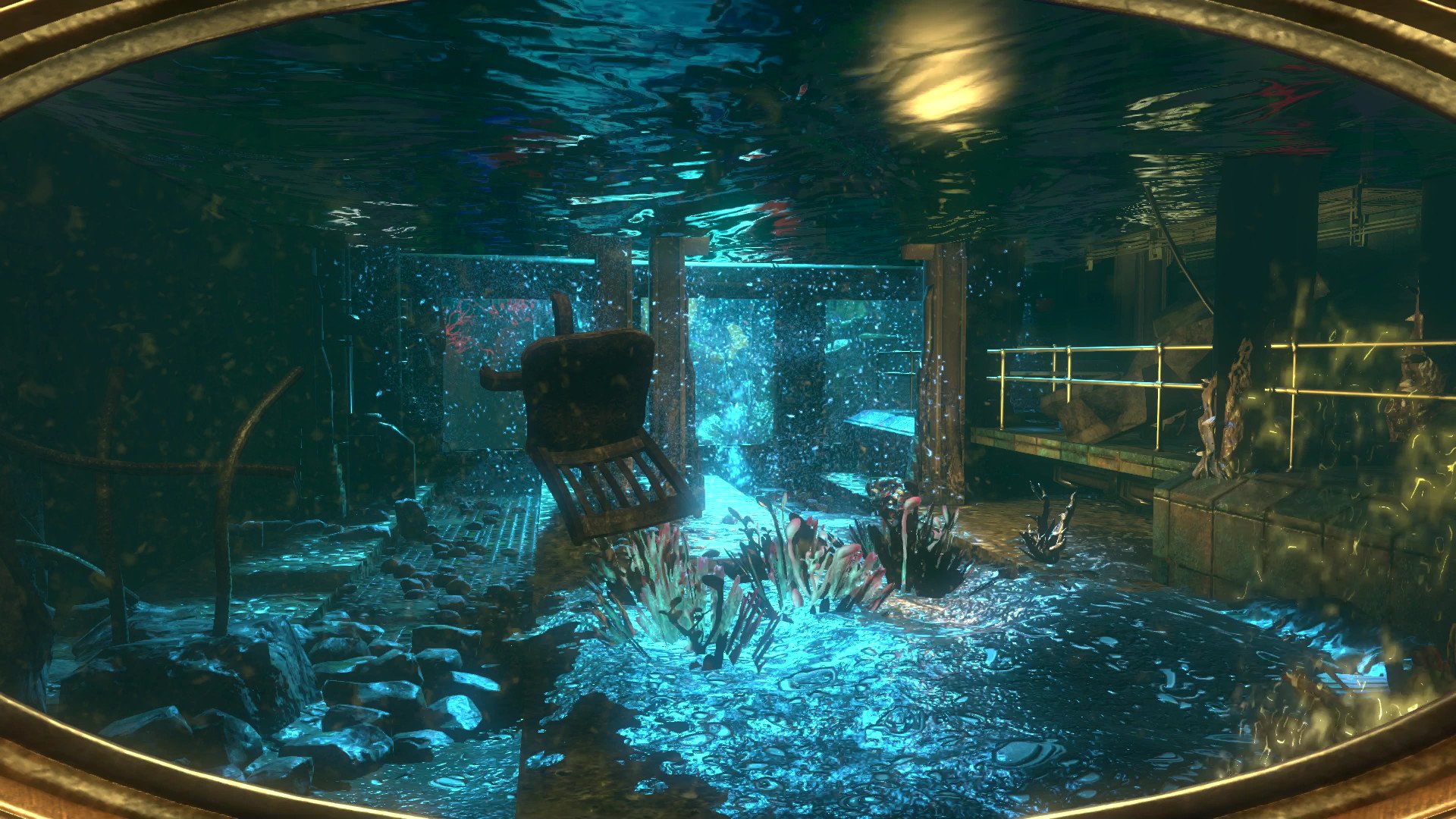
Taking it to the skies
The third and final slice of BioShock: The Collection comes in the form of BioShock Infinite – a game known as Irrational Games' last effort before parting with the franchise. BioShock Infinite stands out from the previous two games in both in its concepts and the technicalities behind it.
Arriving three years after the series' last journey to Rapture, BioShock Infinite takes players floating city of Columbia. With this new locale, the game explores new aspects of the story and the gameplay entwined around it. This change in direction sparked polarised opinions at launch, with a sharply divided view of the game among fans.
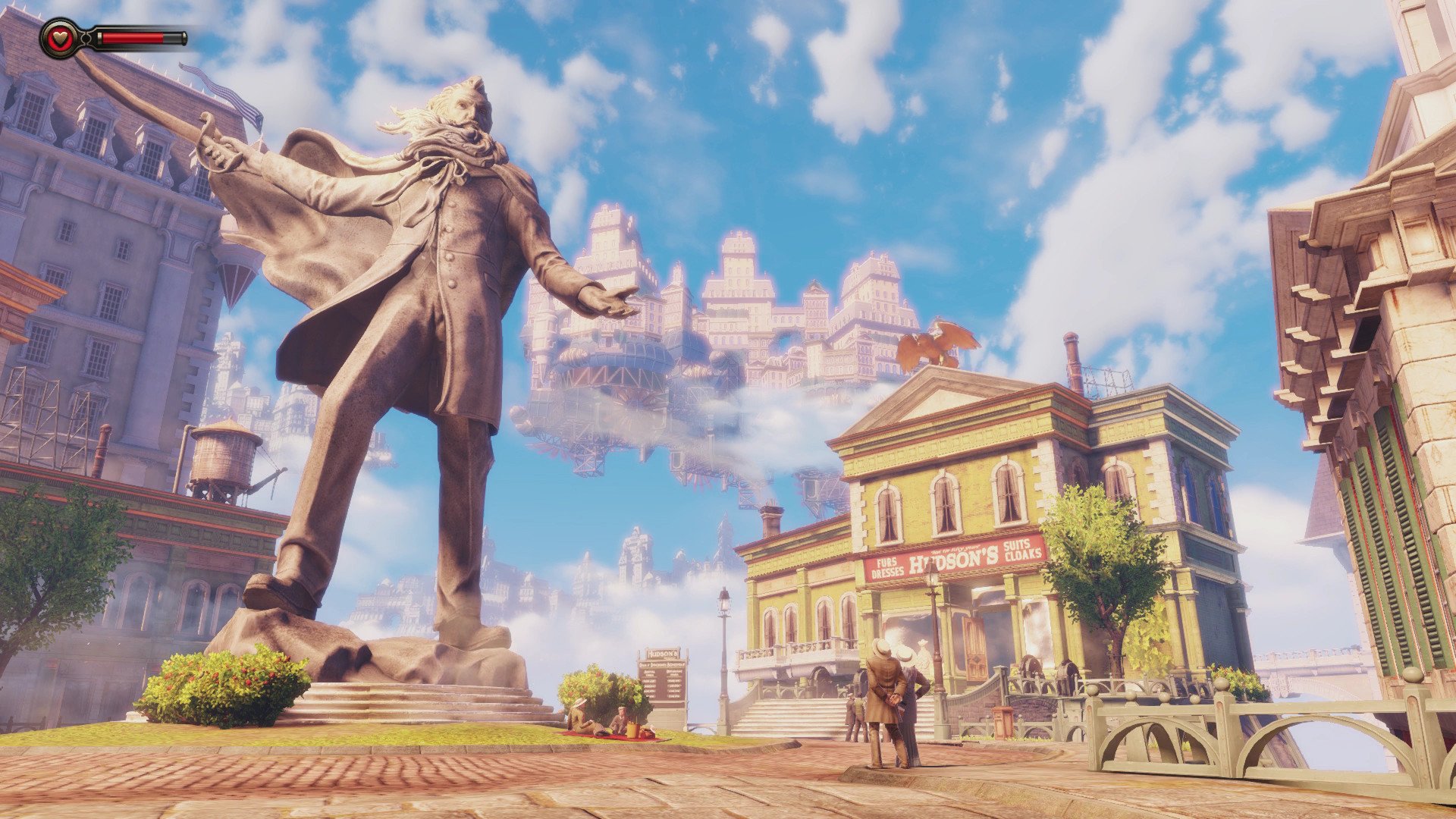
BioShock Infinite holds up relatively well on today's console hardware
These changes also spanned to the game's design, with a new graphical style built on Unreal Engine 3. As a result, BioShock Infinite holds up relatively well on today's console hardware, well enough that it didn't even need a full remaster. While the original PC version has been ported to modern consoles, it's clear that the game has received the least attention out of the trilogy.
Following this port to consoles, it's hard to deny that BioShock Infinite is still a great looking title. Even with the restrictions of the Xbox One's hardware, the port still rivals the original PC version when running on high settings. This doesn't come without a cost, however, as proven by the prevalent hitching issues I encountered during my playthrough. As the only title that diverges from the other BioShock games on a technical level, the looks to be a likely cause of the issue.
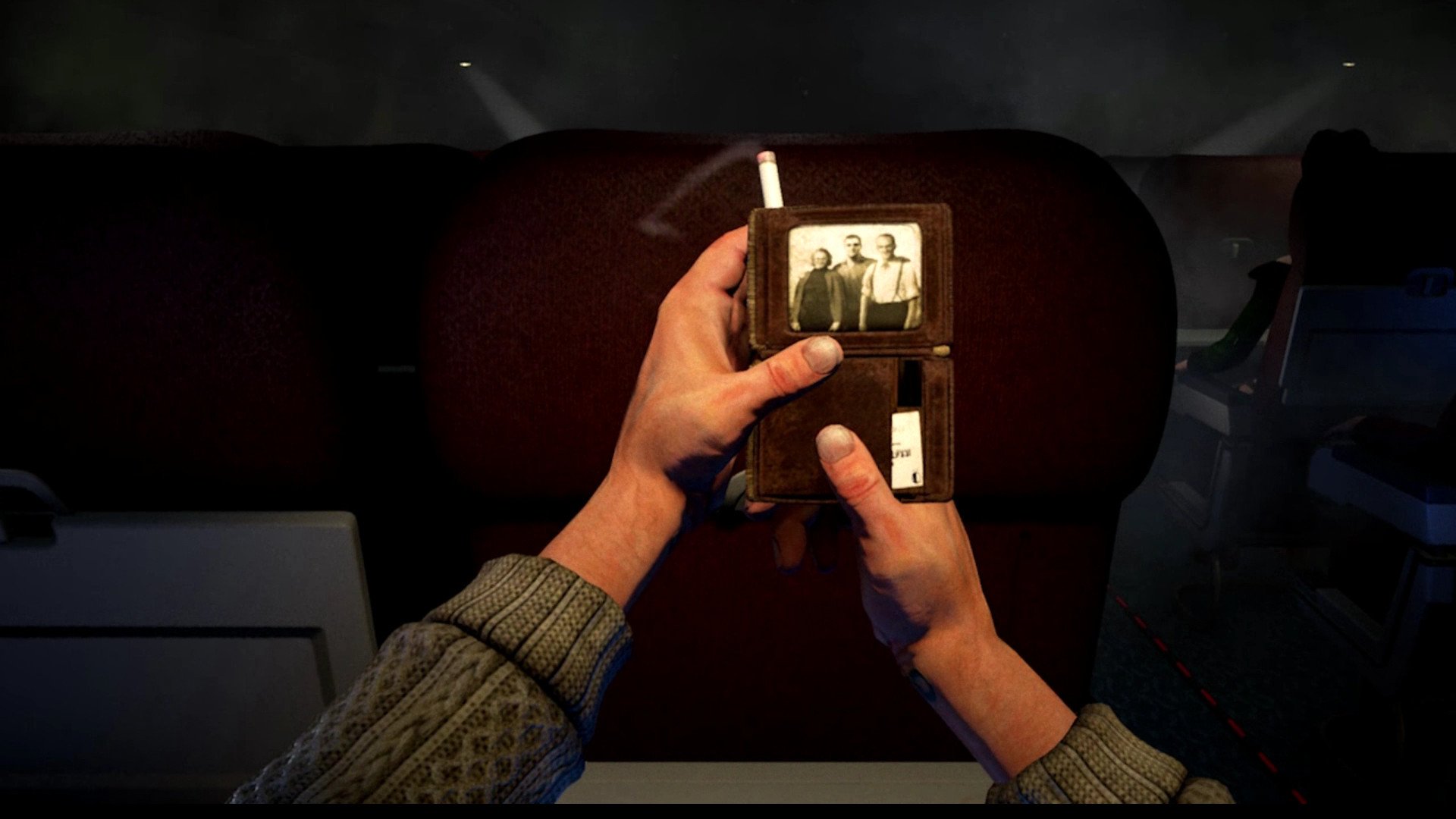
Conclusion
During my time spent with BioShock: The Collection, I came to realize the bundle is more than a simple port to current generation hardware. Unlike the countless number of effortless ports that have arisen in recent years, BioShock: The Collection is a faultless example of what today's cross-generation ports can achieve.
While the return to BioShock's unsettling universe is enjoyable, it's hard to recommend the collection to fans of the original. With only a slight graphical boost, the changes BioShock: The Collection introduces are welcome, but don't warrant a second playthrough for most. These refinements and tweaks overshadow the packages' minor technical flaws, and deliver one of the best ways to experience the BioShock series to date.
Pros:
- Plenty of content for a relatively low price
- Brings the older BioShock titles up to modern standards
- Mostly holds 1080p @ 60 FPS
Cons:
- Inconsistent performance across games
- Offers little extra for returning players

Matt Brown was formerly a Windows Central's Senior Editor, Xbox & PC, at Future. Following over seven years of professional consumer technology and gaming coverage, he’s focused on the world of Microsoft's gaming efforts. You can follow him on Twitter @mattjbrown.
